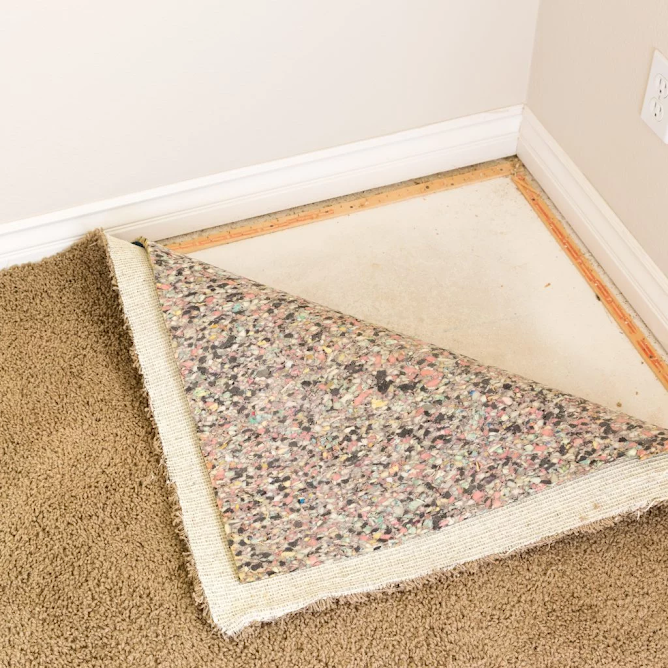Carpet Installation - Things to Consider Before Doing it Yourself
Carpet Installation can be an exciting way to refresh the look of a home. However, there are many things to consider before hiring a carpet installer or doing it yourself.
The first thing to do is get a good sketch of your floor plan. This will help you to measure your living space correctly and ensure you have enough carpet for your installation. Once you have the layout, start by measuring the length and width of each room and writing down the measurements. Next, measure and account for closets or pantries that will also be getting new carpet.
A full measurement of each room
Carpet is sold by the square foot, so you will want to be sure you have a full measurement of each room that you are going to carpet, including any doorways or stairways. Then you can multiply the length and width of each room to determine the total square footage. Once you know how much carpet you need, it is important to allow for seams and pattern matching as well. It is not unusual to have 15% to 20% waste on a job, so it's best to have extra carpet available just in case.
The type of fibers used in your carpet
Another thing to consider is the type of fibers used in your carpet. There are two main types: Bulked Continuous Filament (BCF) and staple fibers. Staple fibers tend to shed more than BCF fibers. While this doesn't affect the long-term quality of your carpet it does mean you will need to vacuum more often until the shedding stops.
A flat fee for installation and padding
After purchasing your carpet it is important to talk with the sales associate about installation. Some installers will charge a flat fee for installation and padding while others may include this as part of their total price per square foot. It is also important to ask about any hidden costs like the cost of removing and disposing of the old carpet and pad.
Including moving furniture and the removal and disposal
A lot of the information you will need about installing your own carpet is available on the internet, in books or magazines. If you decide to hire an installer be sure that they are licensed, bonded and insured. Then ask them for a detailed list of what services they will be providing, including moving furniture and the removal and disposal of the old carpet and pad.
Once the tackless strips are in place and any gaps are filled you can begin the process of laying your carpet. Professionals will use a power stretcher to make sure your carpet is stretched correctly and that there are no unsightly bubbles or ripples. This is an extra step that do it yourselfers and some installers skip, which can lead to a less than ideal result.
Conclusion
Be sure to remove all items from the tops of dressers, clear off the bottom row of clothing in your closet floors and be ready for an extended period of time while your carpet is being installed. Depending on the size of your Carpet Installation and how many rooms are being done, an entire house can take one day or more.




Comments
Post a Comment